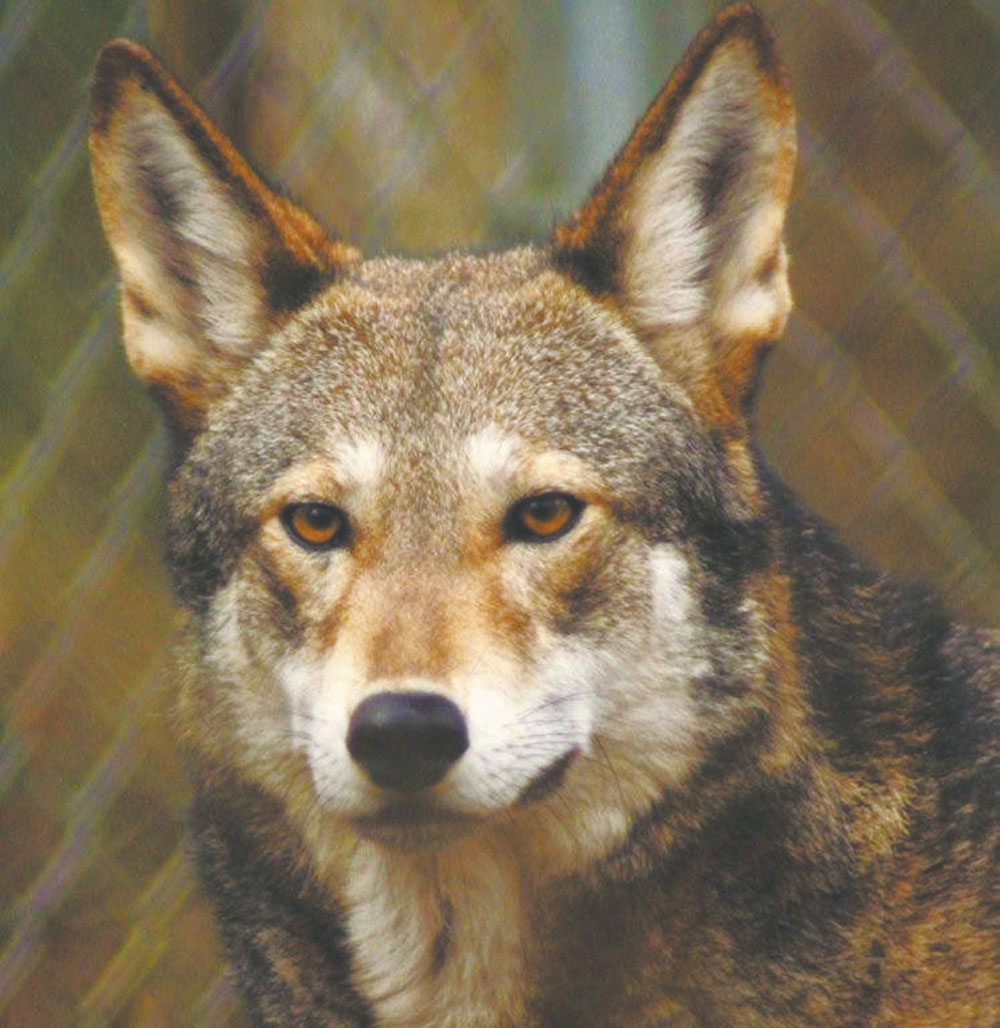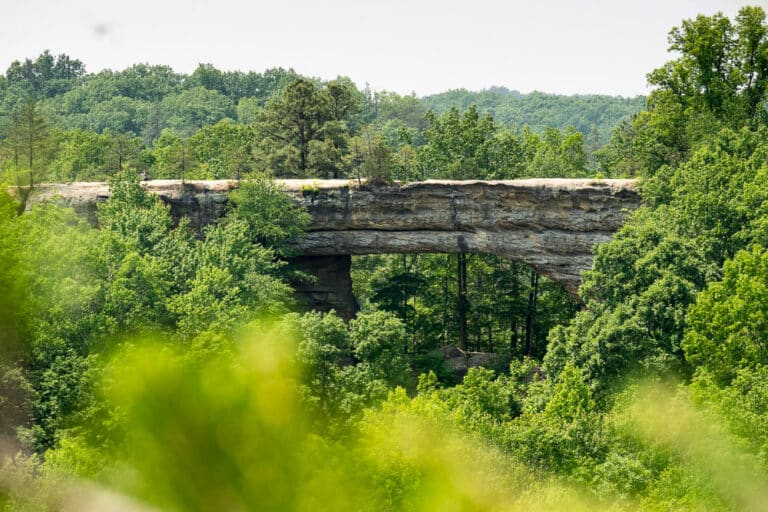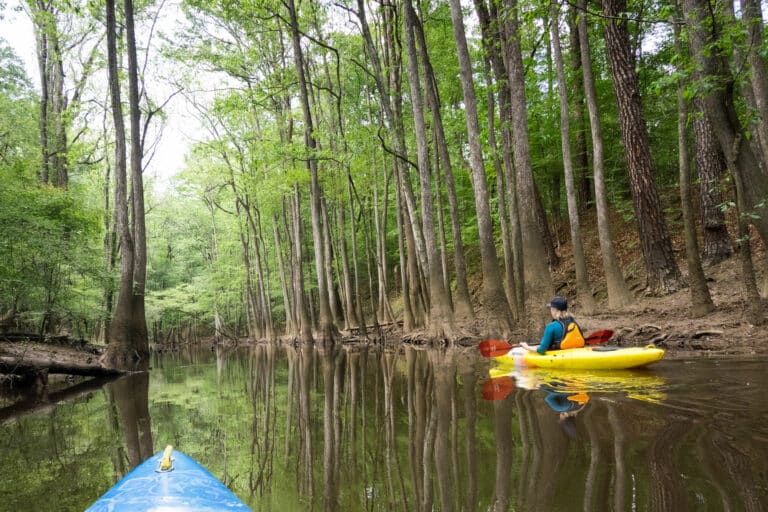While Thomas O’Brien’s recent op-ed promoting culling coyotes and moving red wolves to Shenandoah gets a few things right, there are a couple of things I must take issue with as a conservation biologist and professional endangered species advocate. It is correct to say that the challenges we face with red wolf recovery are tied to coyote management. It is also true that red wolves naturally displace coyotes and out compete their more diminutive canine cousins. But it is a slippery slope – and possibly unethical – to promote the mass extermination of coyotes to achieve red wolf recovery.
While it may sound logical that fewer coyotes mean more wolves, nature is far more complicated than that. The adaptive management solutions to the coyote conundrum have already been effectively developed and tested in red wolf country. The sterilization of coyotes that overlap territories with red wolves is certainly an aggressive step, but it has helped to curb incidents of hybridization and reduces the impact of coyotes competing for resources. Because of coyote’s unique biological adaptations, they can withstand losing up to 70% of their population each year before their long-term population trends experience any negative affect. This requires an even more aggressive approach to management, and the tools used (such as shooting coyotes) put red wolves at risk.
Furthermore, when a coyote is killed or displaced other coyotes rapidly fill the territory. The most effective way to control coyotes on the landscape is to establish a robust population of red wolves that eliminate coyotes. And, for red wolves to hold territory the breeding pair must be protected to maintain stability. All too often the very wolves that are shot are the individuals most important for keeping a cohesive pack together.
The notion that the current red wolf recovery area is insufficient for a sustainable population is simply not true. Although the landscape is human-dominated, wolves are highly adaptable and research has shown that there is plenty of habitat and prey to allow wolves and humans to coexist. In fact, the population peaked at nearly 150 animals until politics and mismanagement by state and federal wildlife agencies stalled progress and ultimately led to the current demise of the population.
It is certainly true that the most recent proposal by the U.S. Fish and Wildlife Service to shrink the Red Wolf Recovery Area will not be able to sustain a population and would be a disaster for the recovery effort. That said, it is critical that we push back against this proposal and the erosion of Endangered Species Act protections for the world’s most endangered canine. In the current political climate, where anti-regulatory politicians are trying to dismantle bedrock environmental laws like the Endangered Species Act, that is a tall order. But the public has been outspoken in support of red wolves. During a recent comment period, of over 55,000 comments supporting red wolf recovery in Eastern North Carolina, only 10 were submitted that opposed the program. One of those 10 came from the NC Wildlife Resources Commission, and the rest were duplicate comments submitted by a few of the most vocal opponents of the program – the same individuals who have actively campaigned and harassed the Fish and Wildlife Service to put an end to the wolves in North Carolina.
But, you’re right to say that wolves need more recovery sites in the wild. Shenandoah National Park is the example provided but there are many others. There is abundant habitat and prey available throughout the historic range of the red wolf. Unfortunately, intolerance for predators adds a whole other dimension to the issue, and that is what needs to shift. Abandoning red wolves in North Carolina will only serve as an example to embolden the intolerant, anti-predator factions in other regions. Instead let us band together to show our support for our natural heritage. Demand that federal and state agencies serve the public and do the work they are mandated to do – and guide that management through science, not politics. Together we can turn things around and the wolves will do just fine in a world changed by man and coyotes, if we can just give them a little room to roam.
Ben Prater is Southeast Program Director of Defenders of Wildlife.








